On a cold night in Kentucky’s karst country, a cave’s breath rolls out like fog and the ceiling looks empty – until your headlamp snags a small, steady shape clinging to stone. More than a decade after a lethal fungus swept through the state’s underground, the question isn’t whether bats remain, but which ones still endure. Mammoth Cave and its sister caverns have become living laboratories, where loss, survival, and adaptation play out in near-darkness. For scientists and cavers alike, each winter survey feels like opening a door you’re not sure you want to look behind. Yet there are still bat faces here to meet, if you know when to look and how to tread lightly.
The Hidden Clues
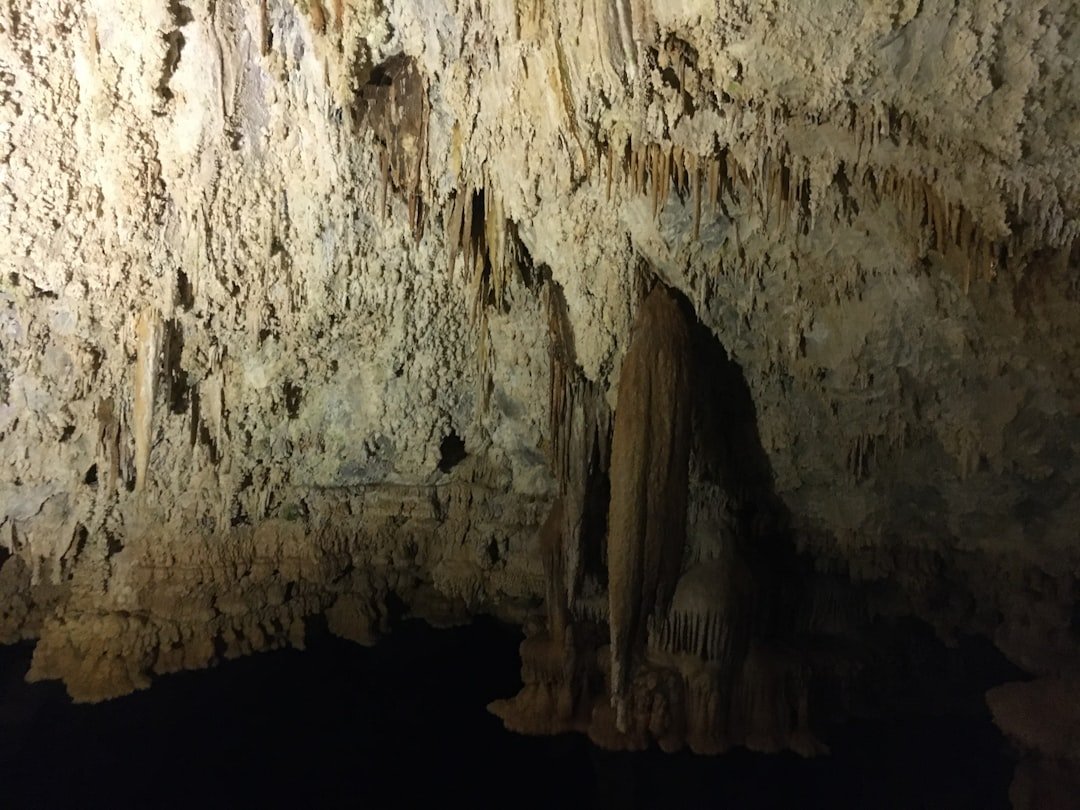
What survives in the dark when a disease has erased nearly entire colonies? The first answer comes from sound: biologists drive slow night routes with roof-mounted microphones that translate high-frequency calls into species IDs, mapping who’s still flying above rivers and forest edges. Winter tells a different story, as teams enter hibernation caves to take careful photographs and count clusters, sometimes numbering from a few dozen to well over a thousand, while minimizing disturbance.
At Mammoth Cave, visitors step on decontamination mats after tours – a small ritual that slows the fungus that causes white-nose syndrome from hitching a ride to the next hollow. That protocol began after the disease was detected in the park early last decade, and it’s now routine across much of the Southeast’s cave country. Combined with strict access rules and seasonal closures, these measures buy time for species that have been hammered to the brink, and they help researchers track what remains with fewer confounding variables.
Gray Bats: The Year-Round Cave Specialists
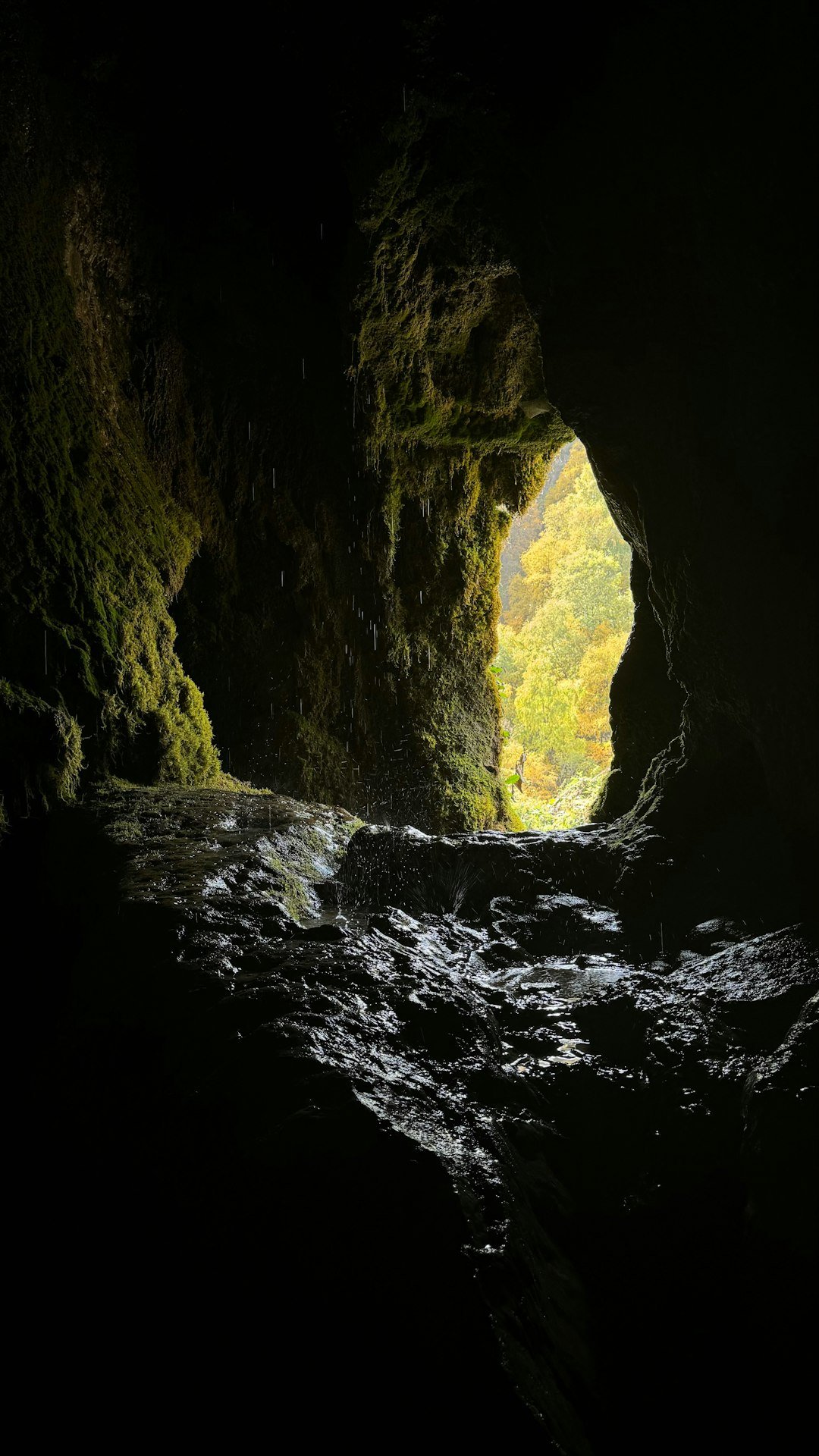
If there’s a comeback story underground, it belongs to the gray bat, a species that lives in caves all year and concentrates in a small number of crucial sites. Once spiraling because of human disturbance, it has benefited from protected hibernation caves, bat-friendly gates, and careful stewardship that reduce stress at maternity roosts. In one Mammoth Cave hibernaculum, survey teams documented tens of thousands of gray bats a few winters ago, a staggering reminder that protection works when threats are manageable.
Unlike some neighbors, gray bats haven’t suffered the worst of white-nose syndrome, and that relative resilience shows up in their steady counts across key sites. They spend their nights cruising above rivers like the Green and Barren, scooping aquatic insects and carrying nutrients back to the cave in guano – a quiet exchange between the surface and the dark. I remember standing by a karst spring as a thin stream of wings stitched the dusk; it felt like seeing a city’s heartbeat stabilize after a long fever.
Indiana Bats: Crowded Winters, Perilous Summers
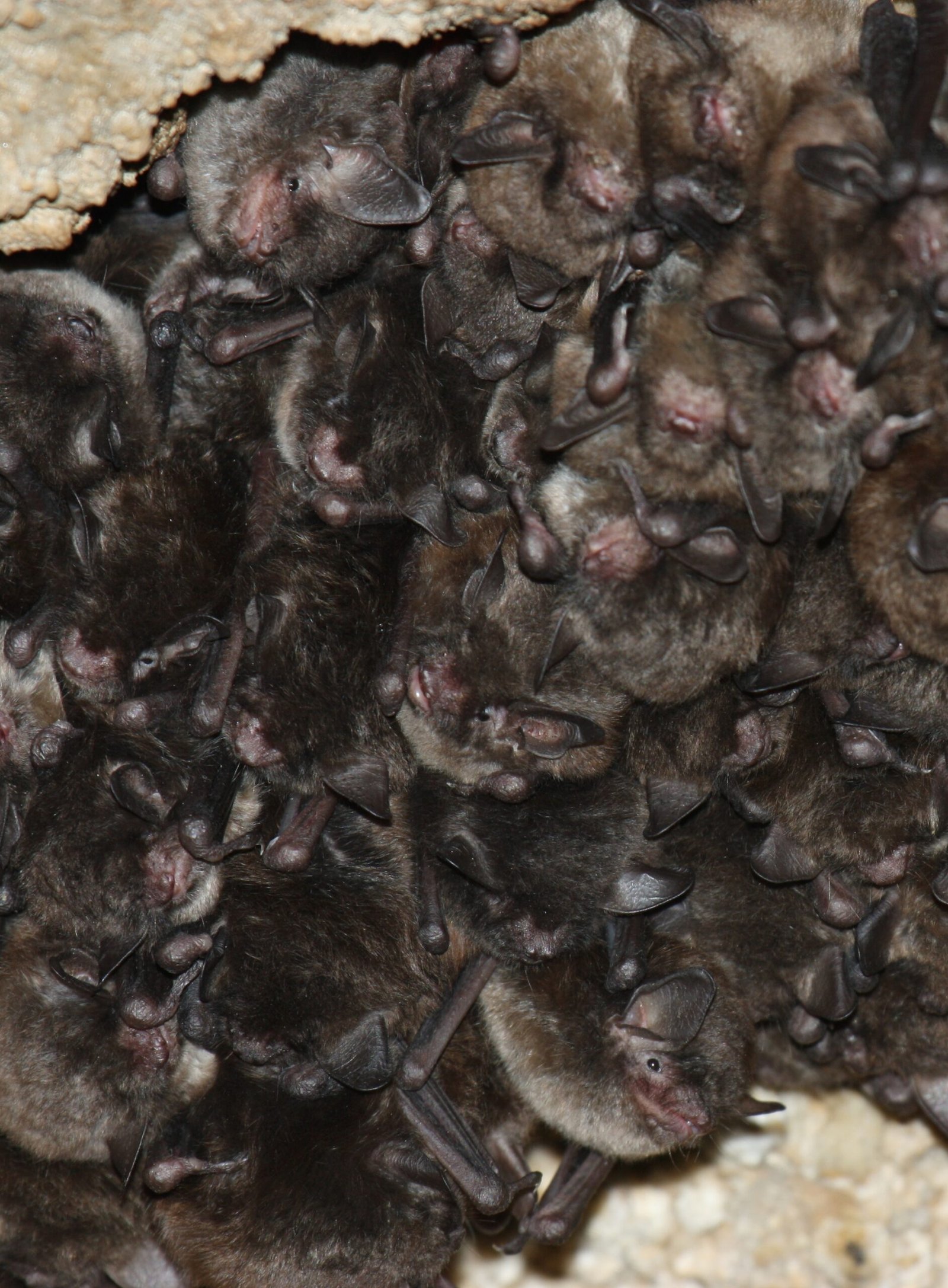
Indiana bats prefer winter caves cool enough to slow their metabolism, often clustering in tight, dramatic curtains of wings and fur. Kentucky holds several important hibernation sites, part of a network stretching through the Midwest and Appalachians, and protection of those caves remains non-negotiable. Across the species’ range, some big hibernacula have lately posted modest increases, while others continue to slip – proof that recovery hinges on local cave conditions and careful management
Summer can be just as fraught, with females seeking safe roosts under tree bark and along forest edges while dodging storms, predators, and habitat loss. Researchers here rely on a mix of acoustic surveys and mist-net captures to keep tabs, pairing that data with winter photo counts to understand full-year survival. It’s a species that loves company in winter but needs quiet in summer, and Kentucky still offers both – if people give it space.
Winter Ghosts: Northern Long-eared and Tricolored Bats
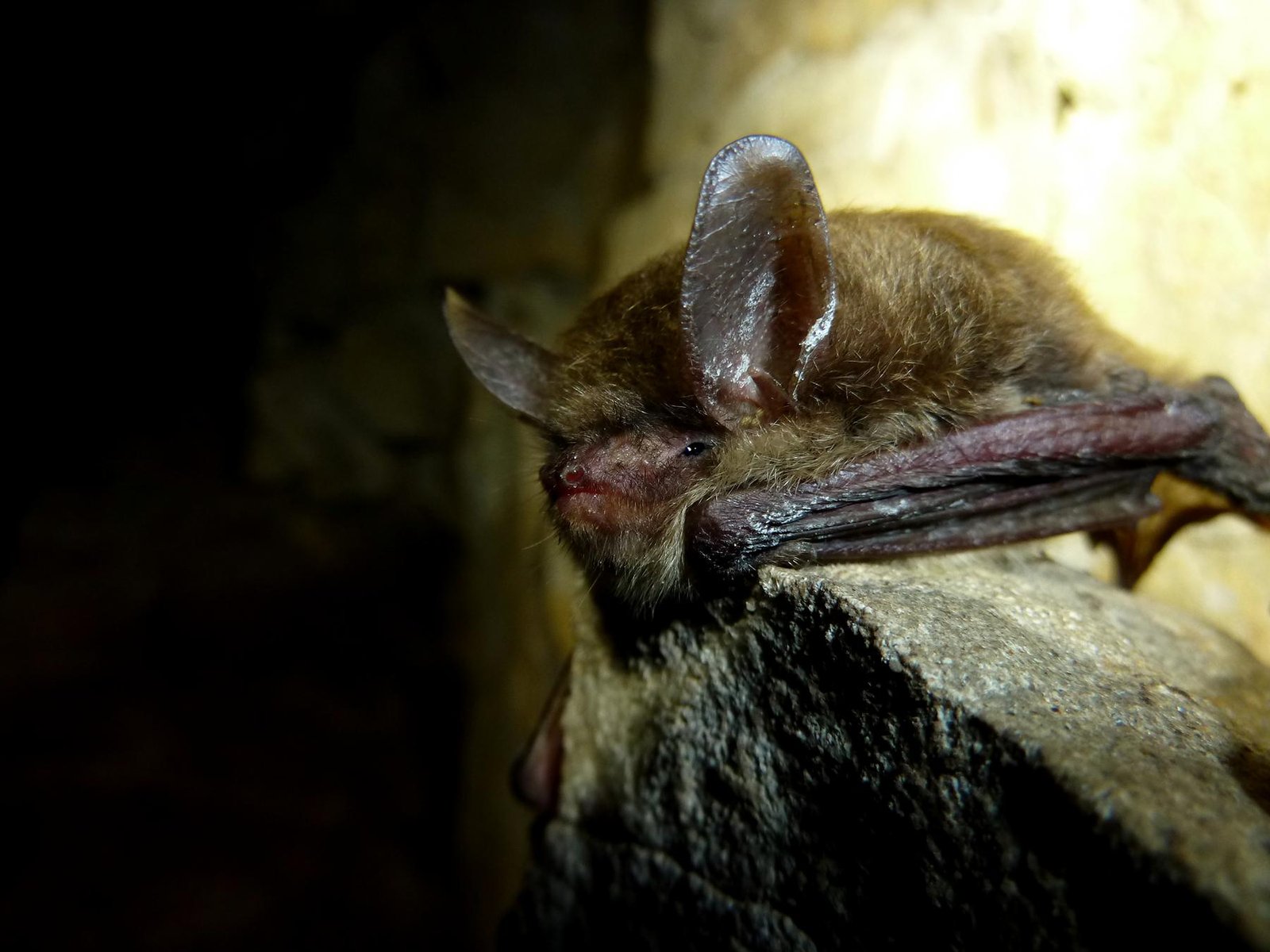
The northern long-eared bat once flickered through Kentucky’s woodlands like a shadow at shoulder height; today, its numbers in many sites have crashed. Federal agencies reclassified it as endangered in 2023 because the white-nose fungus devastated colonies across most of its range, with declines at affected sites approaching total collapse. In Mammoth Cave surveys, the species became so scarce that scientists describe it as no longer ecologically visible at the landscape scale, a sobering milestone for a bat that was common a generation ago.
The tricolored bat tells a parallel story: tiny, delicate, and a classic winter cave hibernator, it was listed as endangered in November 2023 while agencies continue developing tools to help projects reduce harm. Managers weigh threats from the disease alongside risks from tree removal and wind energy, now more consequential because populations have been knocked so low. In Kentucky’s caves, a lone tricolored can feel like a candle in a long tunnel – still burning, but needing a windbreak.
Quiet Holdouts: Rafinesque’s Big-eared, Little Brown, and Eastern Small-footed
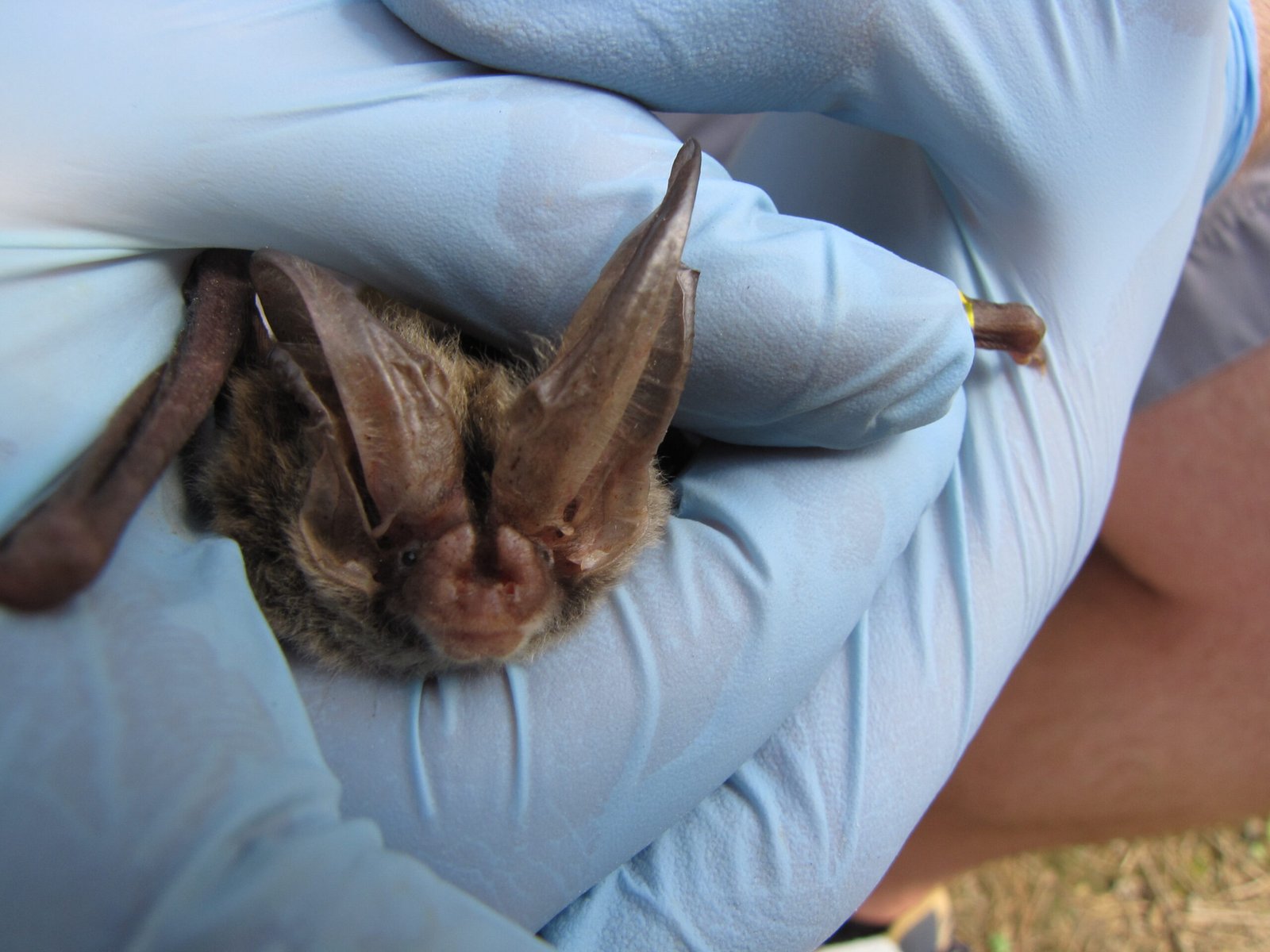
Not every bat’s story is identical, and that nuance matters for conservation. Rafinesque’s big-eared bats still hibernate in Kentucky caves and rock shelters and, intriguingly, have shown fewer diagnostic signs of white-nose disease in the state even when the fungus is present, a thread scientists are tugging to understand potential resistance. Little brown bats – once backyard regulars across the East – still winter in some Kentucky caves and may swap states seasonally, a reminder that what we see in January isn’t always who’s around in July.
The eastern small-footed bat, a rock-and-cave specialist, can be easy to overlook, hugging rough ceilings and crevices with a mountaineer’s grip. These three “quiet holdouts” don’t erase the losses, but they complicate the narrative in the best way: different strategies, different vulnerabilities, and a chance to tailor protections. For me, catching a glimpse of those ears – like tiny sleigh bells – felt oddly hopeful, a sign that diversity is still stitched into the limestone.
Why It Matters
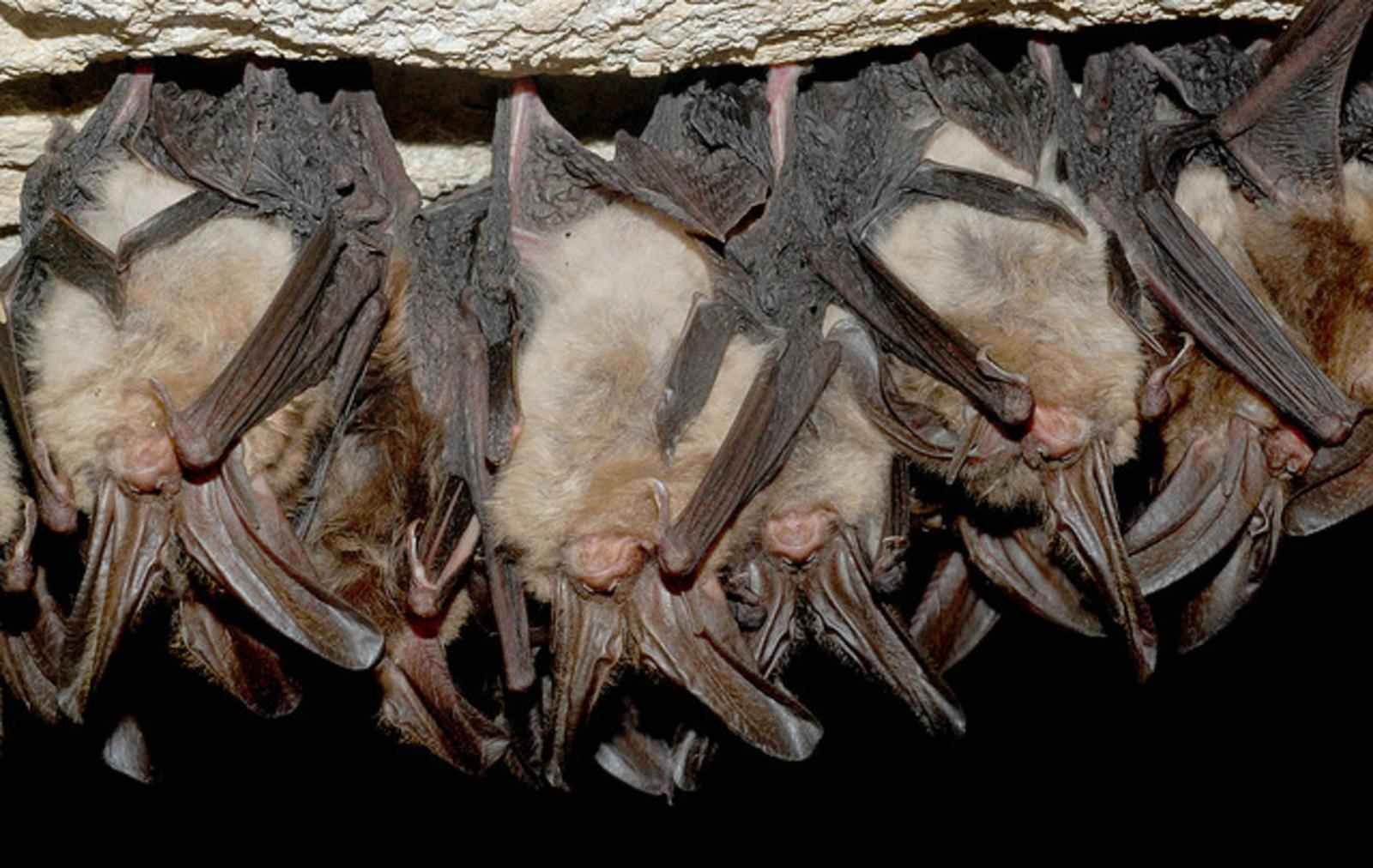
Bats are the night shift of insect control, providing pest suppression worth at least a few billion dollars to U.S. agriculture each year, and that service doesn’t show up on receipt paper. When white-nose syndrome pushes hibernators to wake repeatedly, burn fat, and starve before spring, farms and forests lose a free ally. Kentucky’s caves are part of a continental network, so a collapse here ripples outward as migrating bats shift their ranges and ecological roles.
Compared with past management that focused mostly on protecting entrances and limiting disturbance, today’s approach layers in disease biosecurity, year-round monitoring, and flexible project guidance that weighs risks to the most vulnerable species. The result is a more precise, science-driven playbook that keeps recreation, infrastructure, and forestry moving while avoiding irreversible harm. It’s not perfect, but it’s miles better than hoping the dark will heal itself.
The Future Landscape
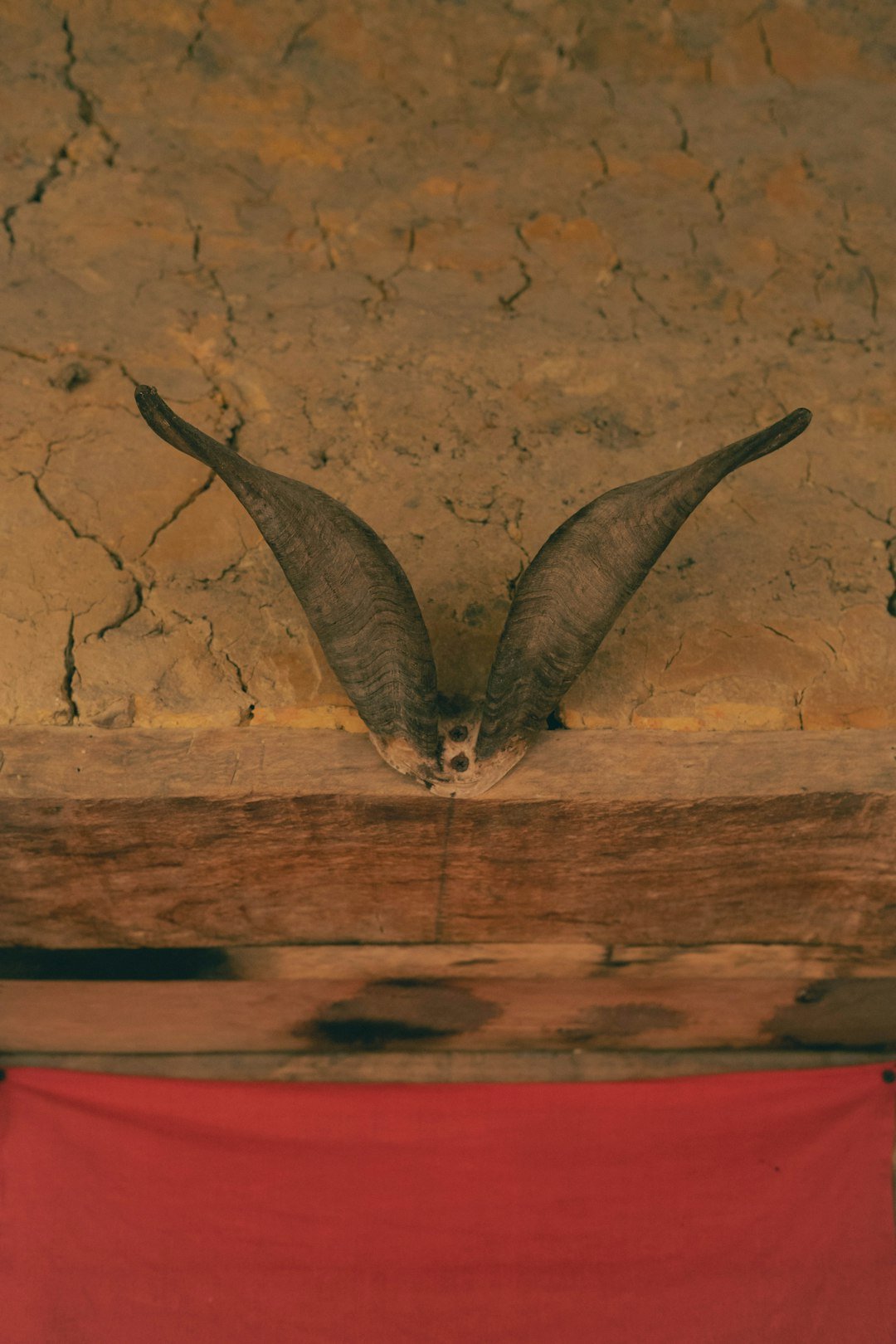
Expect the tech to get smarter: acoustic detectors now sort call libraries in near real time, and automated photo counts of winter clusters are improving estimates inside giant rooms where a manual tally would be chaos. Land managers are also refining cave gates to keep people out without changing airflow, moisture, or bat flight paths, an engineering challenge that sounds simple until you map it to a living cave. Policy is evolving too, with federal agencies rolling out voluntary tools and determination keys to streamline reviews for projects in bat country while keeping conservation front and center.
Climate adds another twist, nudging hibernation cave temperatures and humidity toward thresholds bats don’t tolerate well, which could force shifts to fewer suitable sites. In that future, Kentucky’s deep, stable caves become even more valuable, and the margin for error shrinks. The work ahead is gritty and incremental: keep fungus spores from hitchhiking, protect the best roosts, and give survivors enough quiet winters to rebuild.
How You Can Help
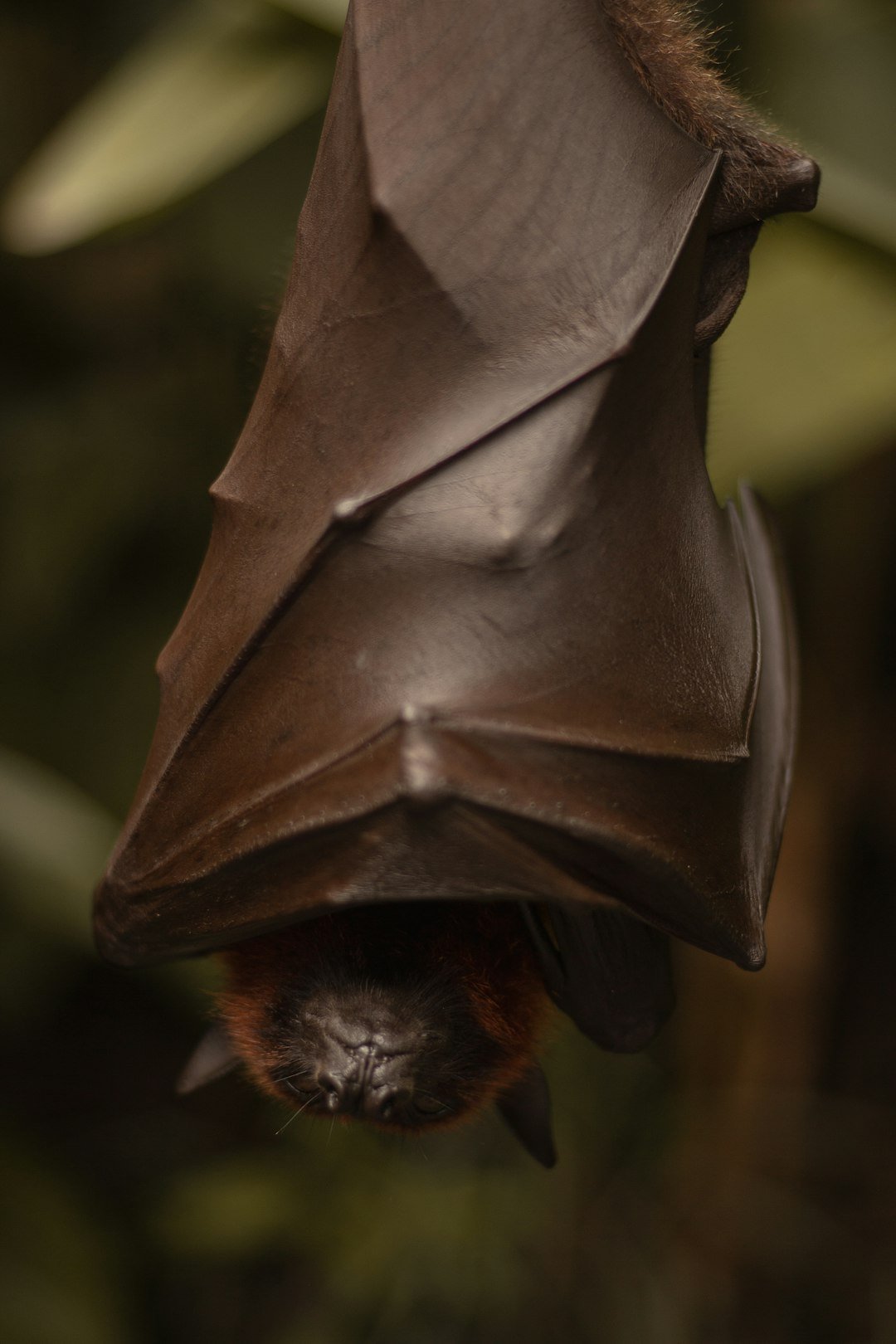
Start with simple cave etiquette: respect closures, skip off-trail exploring, and always use decontamination mats or clean gear when a site provides them. If you manage land, time tree work outside maternity season and near known roosts to reduce stress on mothers and pups, and keep riparian zones intact to support insect prey. Support local groups that fund bat surveys and gate maintenance, and consider volunteering for acoustic monitoring nights where trained teams collect data without disturbing animals.
Report unusual bat behavior to state wildlife officials, especially winter flight during cold snaps, which can signal trouble. And when a friend asks whether bats in Kentucky are gone, you can say no – the story’s harder and more hopeful than that, and it’s still being written by the people who choose to care. Will you be one of them?

Suhail Ahmed is a passionate digital professional and nature enthusiast with over 8 years of experience in content strategy, SEO, web development, and digital operations. Alongside his freelance journey, Suhail actively contributes to nature and wildlife platforms like Discover Wildlife, where he channels his curiosity for the planet into engaging, educational storytelling.
With a strong background in managing digital ecosystems — from ecommerce stores and WordPress websites to social media and automation — Suhail merges technical precision with creative insight. His content reflects a rare balance: SEO-friendly yet deeply human, data-informed yet emotionally resonant.
Driven by a love for discovery and storytelling, Suhail believes in using digital platforms to amplify causes that matter — especially those protecting Earth’s biodiversity and inspiring sustainable living. Whether he’s managing online projects or crafting wildlife content, his goal remains the same: to inform, inspire, and leave a positive digital footprint.




